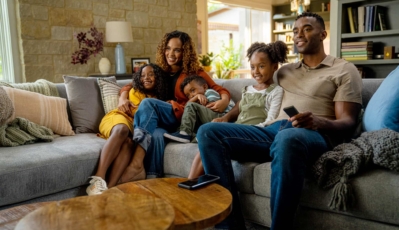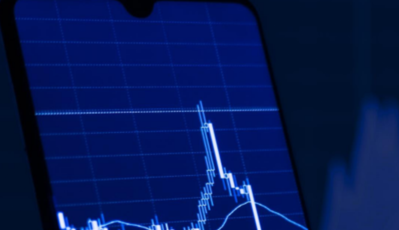At NBCUniversal, our fans and partners are at the center of everything we do. Our goal is to provide insights, learnings, and updates to help you best manage your business. We have created a central online destination with important information on how NBCU can best support advertisers and consumers. Contact us to talk through any of these materials, answer questions, and offer additional information as needed.



